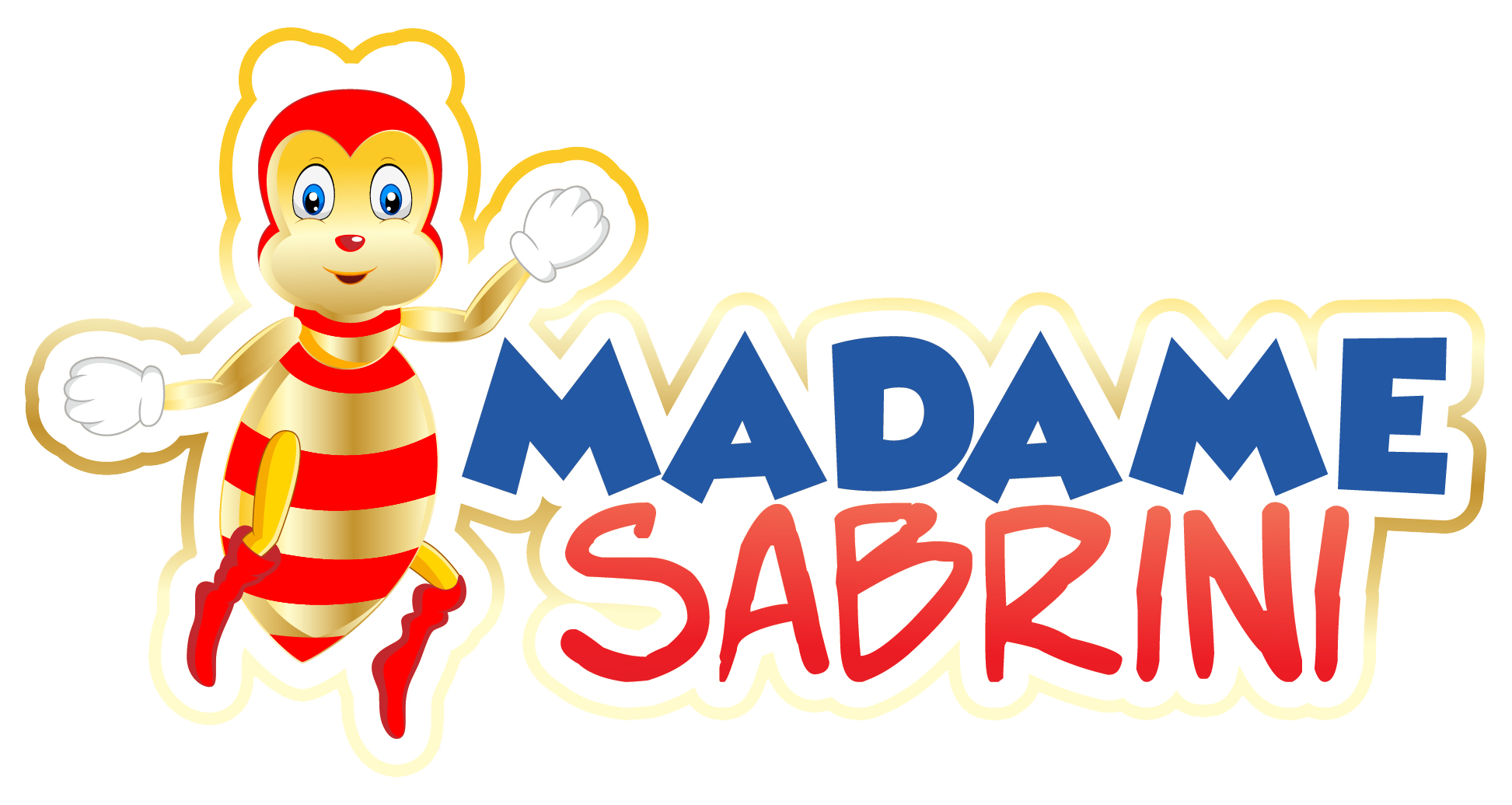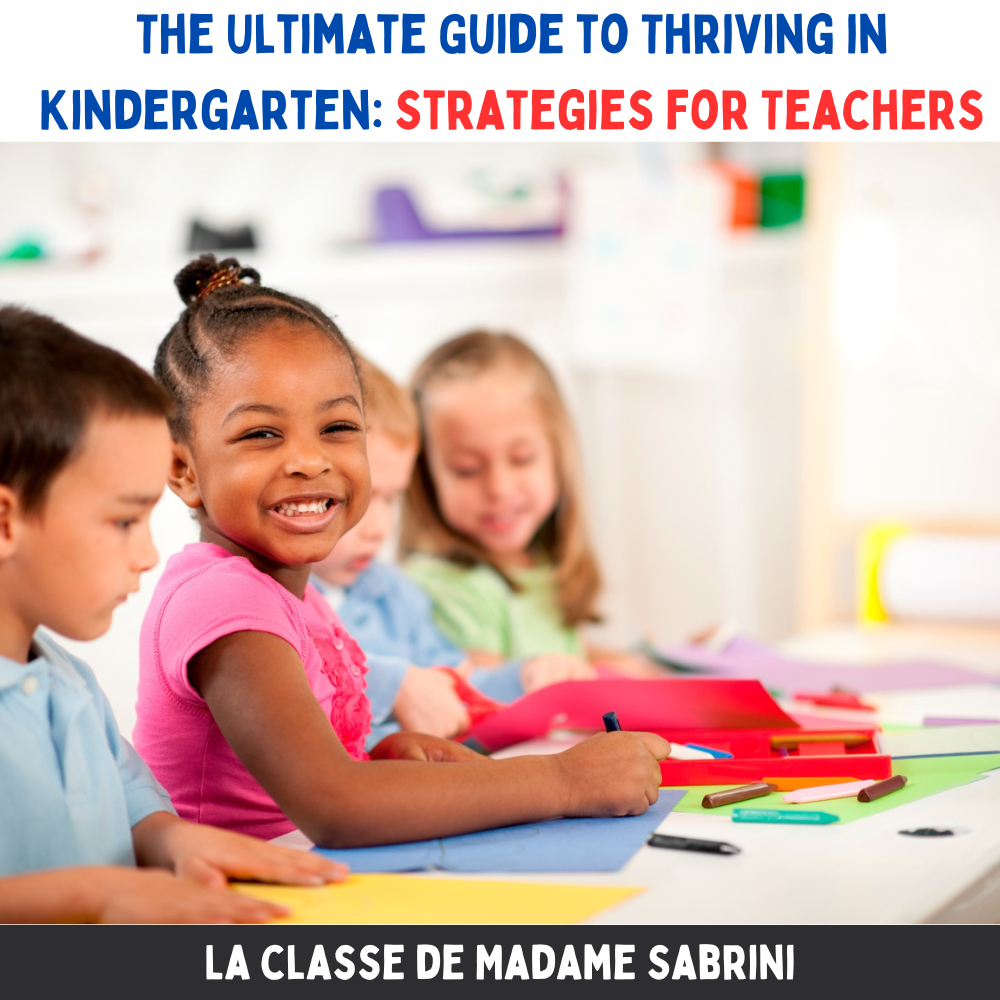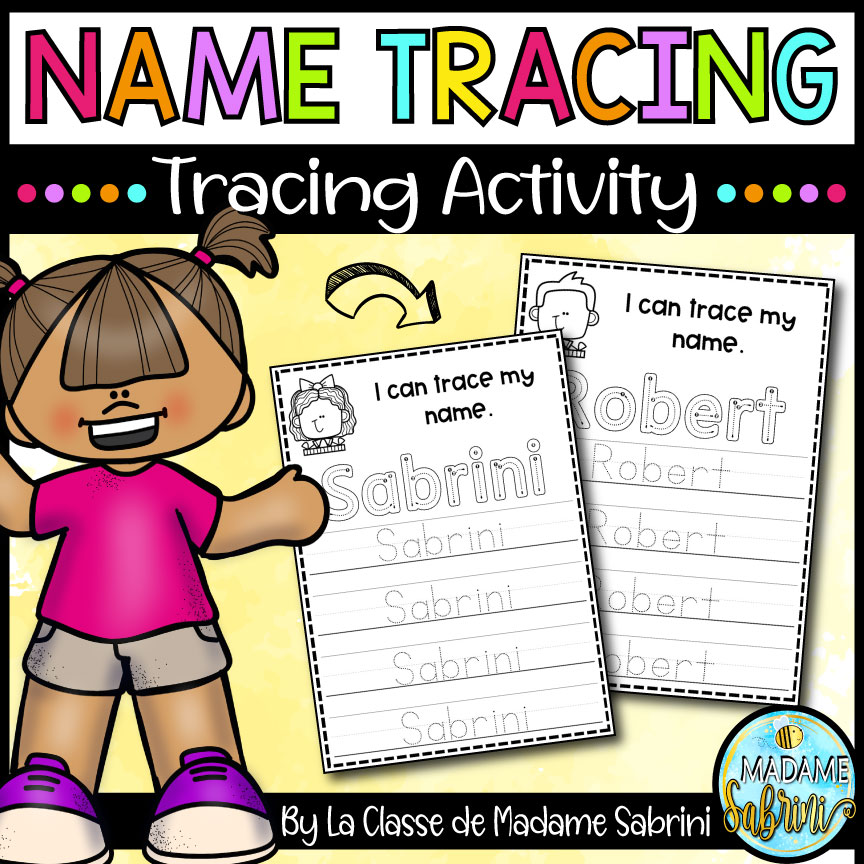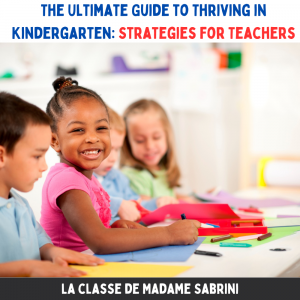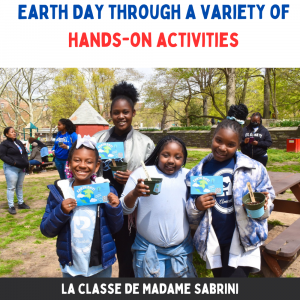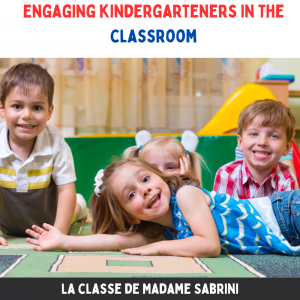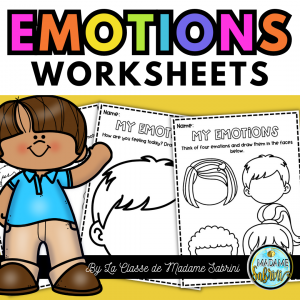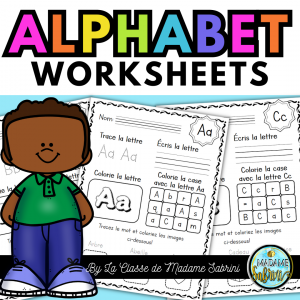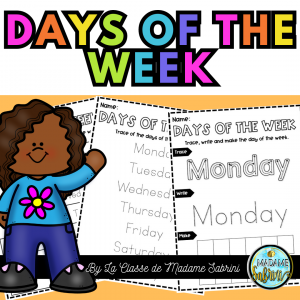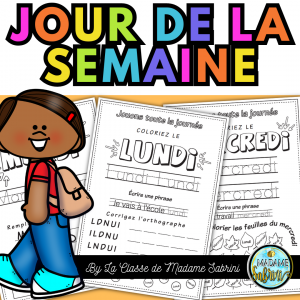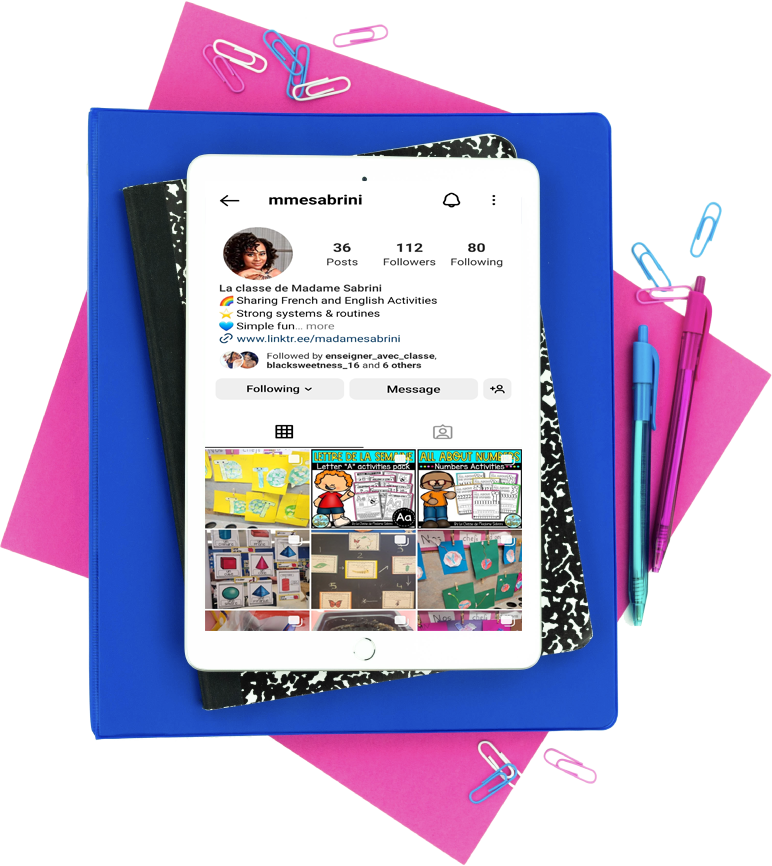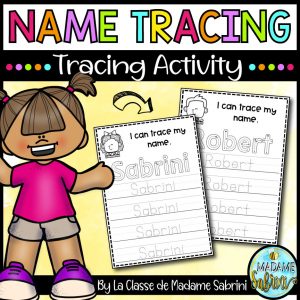Welcome to your go-to resource for mastering the art and science of kindergarten! Teaching at this level is as much about education as it is about nurturing growth and development in our youngest learners. It’s a magical time of exploration and excitement, not just for the kids but also for you, the teacher. The secret sauce to a thriving kindergarten classroom? A balance between structured education and the unique developmental needs of children. Let’s dive into how you can create that perfect harmony, ensuring your classroom is a space where every child feels engaged, understood, and supported.
1. Building a Positive Classroom Environment
1.1 Classroom Management Tips
-
Setting clear expectations: Begin by establishing what you expect from your students – not just in terms of behavior but also in their eagerness to learn and participate. Make these expectations clear from day one and revisit them often.
-
The role of routines in maintaining order: Routines are the backbone of a well-managed classroom. They give children a sense of security and predictability, making it easier for them to understand what’s expected of them.
-
Tips for creating a supportive classroom community: Encourage your students to see themselves as a part of a team. Activities that promote cooperation and empathy go a long way in building a sense of community.
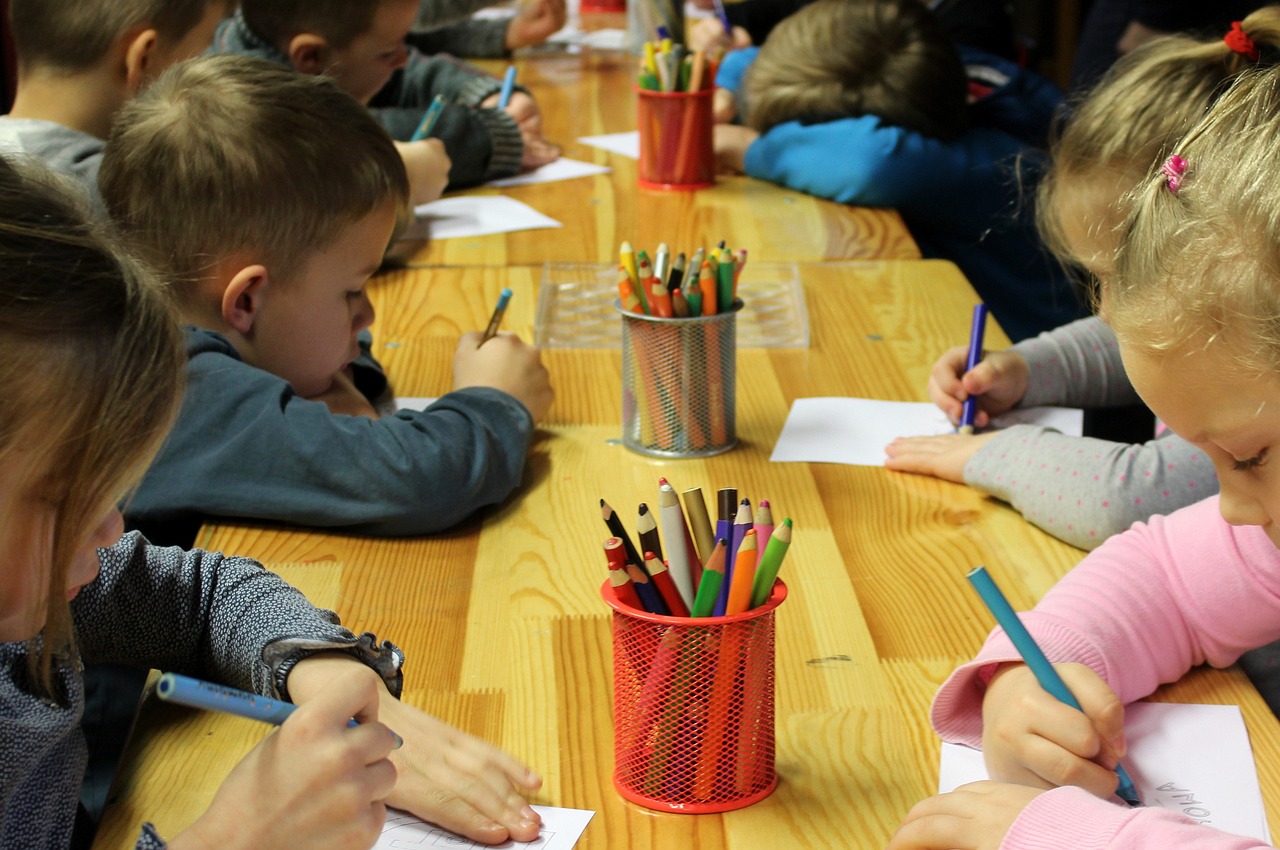
1.2 Kindergarten Behavior Charts
-
Introduction to behavior charts: Behavior charts can be a visual way for students to track their progress. It’s not about highlighting negatives but rather celebrating the positives and providing gentle corrections.
-
How to implement behavior charts effectively: Make sure the criteria for success are achievable and understood by all. Regularly update and review the charts with your students to keep them engaged.
-
Measuring success with behavior charts: Success isn’t just about a fully stickered chart; it’s seeing your students understand and correct their behavior, growing more respectful and responsible.
1.3 Positive Reinforcement Techniques
-
Understanding positive reinforcement: This is all about acknowledging and rewarding desirable behaviors, which encourages students to repeat them.
-
Examples of positive reinforcement in action: Whether it’s verbal praise, a sticker, or some extra playtime, find out what motivates your students individually and as a group.
-
Monitoring and adjusting strategies for individual needs: Keep an eye on how effective your reinforcement strategies are and be ready to adapt them to meet the evolving needs of your class.
2. Designing Engaging and Educational Activities
2.1 Engaging Classroom Activities
-
The importance of engagement in early education: Engagement is the gateway to learning. Activities need to grab attention and spark curiosity to be effective.
-
Ideas for activities that capture attention and educate: Think outside the box with hands-on experiments, storytelling sessions, and art projects that tie back to your learning objectives.
-
How to adapt activities for diverse learner needs: Every child learns differently. Be prepared to tweak your activities to ensure everyone can participate and learn in a way that suits them best.
2.2 Interactive Learning Games
-
Benefits of learning through play: Play is a powerful tool in early childhood education. It not only teaches academic skills but also social ones, in a way that’s natural and enjoyable for kids.
-
Suggestions for interactive games in various subjects: From math and science to literature and social studies, there’s a game for that. Use technology, board games, or simple group activities to bring lessons to life.
-
Using technology to enhance learning experiences: Smartboards, tablets, and educational apps can make learning interactive and fun. Just be sure to balance screen time with plenty of hands-on activities.
2.3 Creative Circle Time Ideas
-
Making the most of circle time: This is your chance to spark discussions, get to know your students, and allow them to share their thoughts and feelings.
-
Activities and games for effective circle times: From reading a captivating story to playing a group game, circle time should be something everyone looks forward to.
-
Strategies for involving every student: Encourage shy students by gently inviting them to participate and giving them praise when they do. Make circle time inclusive and engaging for all.
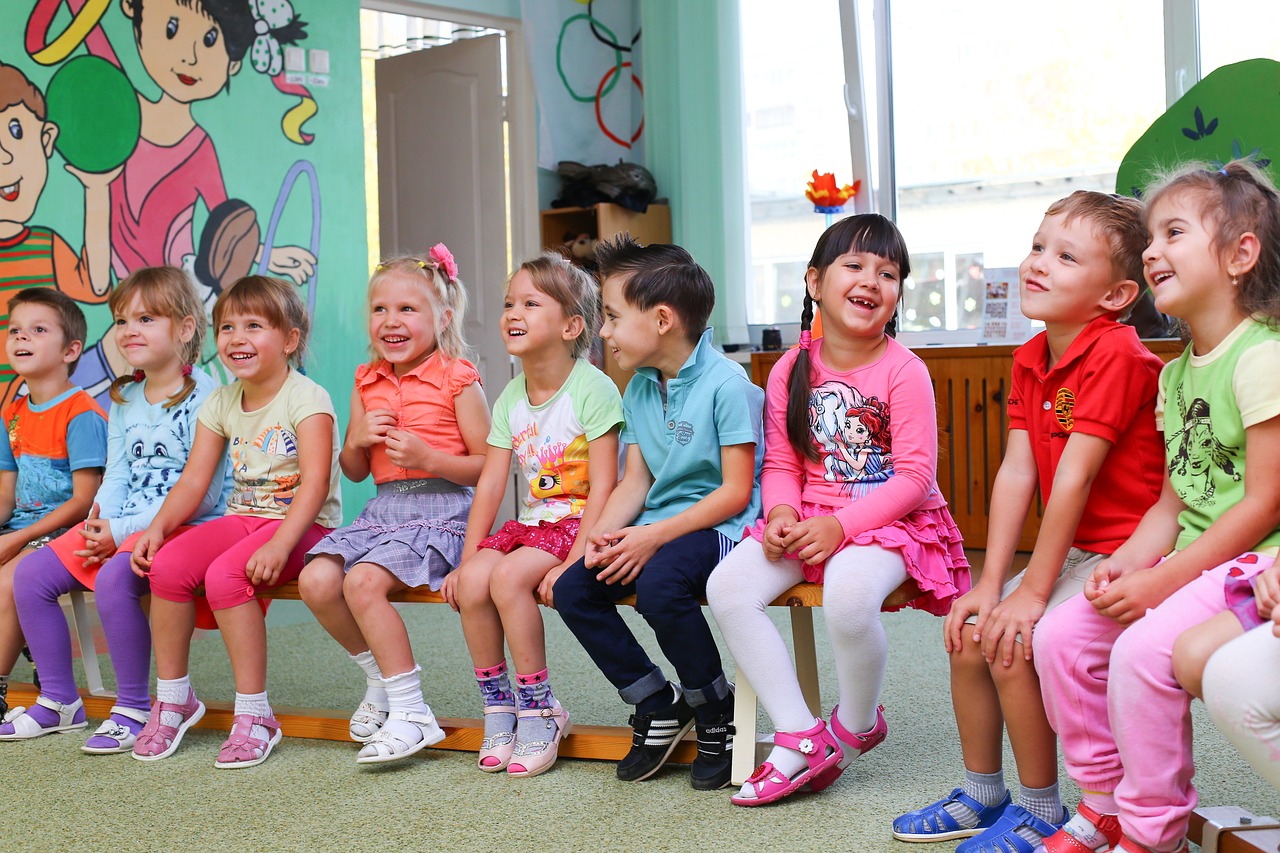
3. Effective Communication and Social Skills
3.1 Teaching Social Skills
-
Essential social skills for kindergarten students: Sharing, listening, empathy, and patience are just the start. These skills are crucial for classroom harmony and outside social interactions.
-
Activities to encourage social development: Group projects, role-playing exercises, and cooperative games can all foster social skills.
-
Integrating social skills into daily routines: Make social skills practice a part of every day, from morning meetings to lunchtime behavior.
3.2 Conflict Resolution for Kids
-
Identifying common conflicts among kindergarten students: Sharing, turn-taking, and personal space often lead to disputes at this age.
-
Techniques for teaching kids to resolve conflicts: Teach them to use their words, recognize emotions, and find compromises. Model these behaviors yourself to provide clear examples.
-
Role-play scenarios to practice conflict resolution: Real-life scenarios can prepare students to handle disputes calmly and respectfully.
3.3 Enhancing Parent-Teacher Communication
-
The importance of parent-teacher partnership: A strong connection between home and school supports the child’s overall development and learning.
-
Platforms and strategies for effective communication: Whether it’s through email, a class website, or face-to-face meetings, keep the lines of communication open.
-
Handling difficult conversations with parents: Be honest, empathetic, and solution-focused. Remember, you’re on the same team.

4. Creating an Organized and Conducive Learning Space
4.1 Classroom Organization Ideas
-
Organizing materials for easy access and efficiency: Keep your classroom tidy and your materials well-organized to save time and reduce stress.
-
Creating zones within the classroom for various activities: Designate specific areas for reading, play, art, and study. This helps manage transitions and keeps the day flowing smoothly.
-
Tips for maintaining an organized space throughout the year: Involve your students in the process. Assign classroom jobs and regularly declutter.
4.2 Kindergarten Classroom Setup
-
Planning the layout for optimal learning and movement: Adequate space for activities and safe movement is key. Arrange your classroom to minimize chaos and maximize learning.
-
Essential elements of a kindergarten classroom: Think about what you’ll need for your daily activities. A reading corner, an art station, and a quiet area are just a few examples.
-
Adapting the setup for special events and activities: Be flexible. Sometimes the classroom will need to transform to accommodate a special project or celebration.
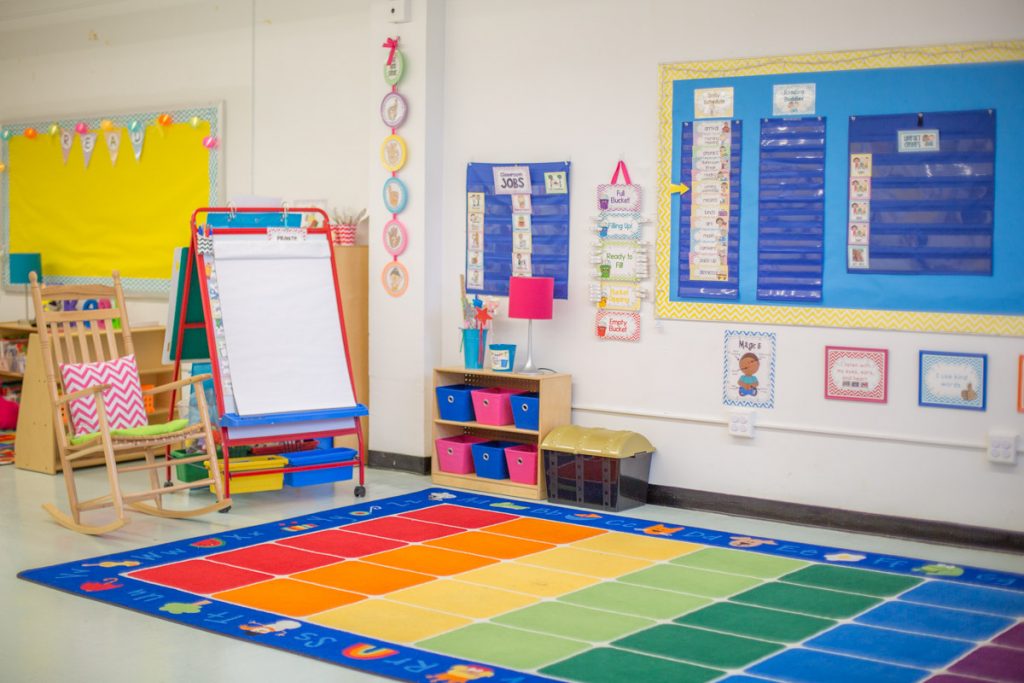
4.3 Designing a Cozy Reading Corner
-
Importance of a dedicated reading space: This creates a retreat for students to explore books and develop a love for reading.
-
Ideas for creating an inviting reading corner: Soft seating, accessible bookshelves, and a variety of books are essential. Make it welcoming and comfortable.
-
Encouraging a love for reading among young learners: Rotate books regularly, offer choices, and make reading time a special part of the day.
5. Managing Classroom Dynamics
5.1 Managing Classroom Noise
-
Strategies for controlling noise levels without stifling excitement: Use a visual or auditory signal to manage transitions and quiet times. Set clear expectations for voice levels during different activities.
-
Implementing quiet time and noise-awareness activities: Quiet time is not just for regaining peace; it’s an opportunity for reflection and individual growth.
-
Tools and tips for monitoring and adjusting the classroom ambiance: Sometimes, background music or white noise can create a calming effect. Experiment to find what works best for your class.
5.2 Reward Systems for Kids
-
Types of reward systems and their benefits: Stickers, points, or privileges can motivate and reinforce positive behavior and participation.
-
Implementing a system that encourages positive behavior and participation: Make sure the rewards align with your educational objectives and are attainable for all students.
-
Customizing rewards to fit class objectives and student preferences: Understand what excites your students. A personalized approach increases the effectiveness of the reward system.
5.3 Establishing Class Routines
-
The importance of consistent routines: Consistency helps children feel secure and aware of what’s coming next, which can reduce anxiety and improve focus.
-
Examples of effective daily and weekly routines: From morning check-ins to clean-up times, establishing routines creates a structured learning environment.
-
Tips for adjusting routines as the class evolves: Be prepared to adapt your routines as your students grow and their needs change. Regular reflection and adjustment are key to maintaining a dynamic and responsive classroom.
Conclusion
Thriving in a kindergarten classroom requires a blend of empathy, creativity, and strategy. By building a positive environment, engaging your students in dynamic activities, fostering effective communication, organizing your space, and managing the classroom dynamics, you set the stage for a memorable and impactful year. Remember, the goal is not just academic achievement, but the holistic development of every child. By focusing on these strategies, you’ll not only help your students thrive—you’ll also reignite your passion for teaching and find joy in every day.
FAQs
-
Q: How often should behavior charts be updated?
-
A: Ideally, behavior charts should be reviewed and updated weekly to keep students engaged and motivated.
-
Q: What are some signs of a well-managed kindergarten classroom?
-
A: Look for engaged students, a clear sense of routine, minimal disruptions, and positive interactions between students and the teacher.
-
Q: How can I encourage parents to be more involved in their child’s learning?
-
A: Regular communication, invitations to classroom events, and specific suggestions for home activities can enhance parent involvement.
-
Q: What do I do if my current classroom management strategies aren’t working?
-
A: Don’t be afraid to reassess and try new approaches. Sometimes, a small tweak can make a big difference. Be patient and persistent.
-
Q: How can I ensure that every student in my class feels included?
-
A: Regular check-ins, individual attention, and differentiated instruction are key to making sure every student feels seen and valued.
